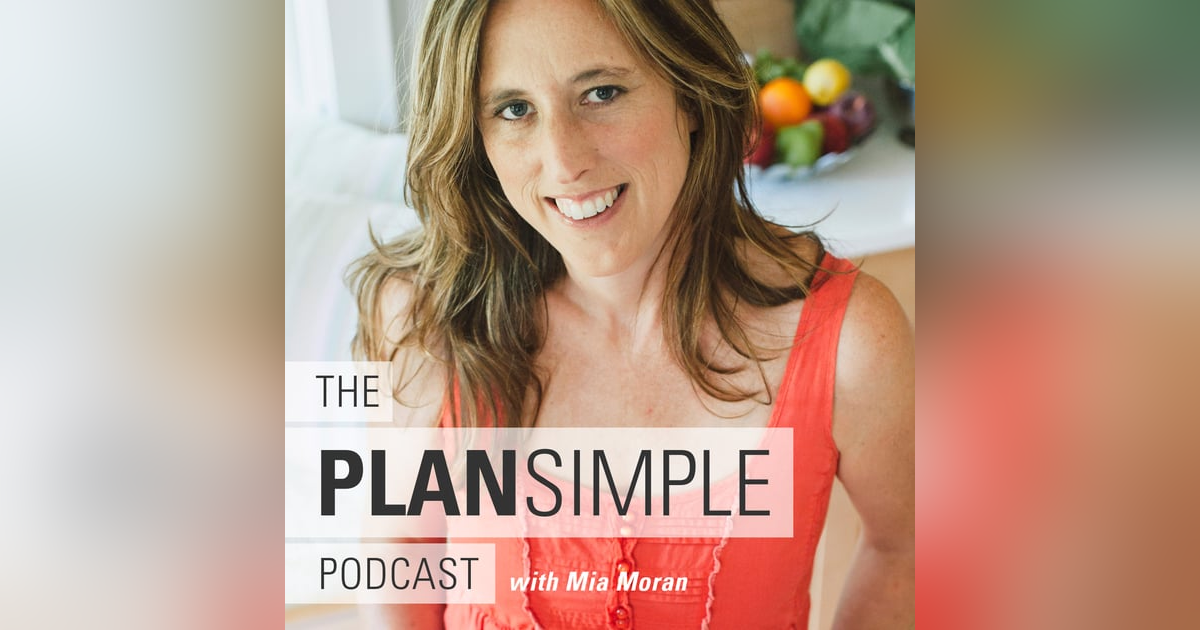
Sign up to get updates from us
By signing up, you agree to receive email from this podcast.

You don't need a lot to look good, to look put together. –Anita Costello
In this episode of the Plan Simple Meals Podcast, I’m really excited to talk with Anita Costello, the designer at Bacah, a sustainable clothing company, about minimalism, fashion, and making conscious choices.
She was always, even as a child interested in fashion and credits her mother with that interest, but she says minimalism is really connected to parenting for her. Having go-to, simple outfits that made her feel good made things so much easier. She realized that you don’t need a lot to look good and put together. It’s about being true to your style. You can look nice, not frumpy, by choosing pieces that look good AND feel good.
We also talked about sustainability, because it’s easy to buy clothes without even thinking about what you are supporting. I think this is especially true if you spend a lot of money on your kids and put your own closet last or when you are pressed for time and want a quick choice.
We talk about:
BIO
Anita Costello is the founder and designer of the eco-aware brand Bacah. Her mantra, “Life is complicated enough, what you choose to wear doesn’t have to be.” Click here for styles to help you uncomplicate your closet.
LINKS
Doable Changes from this episode: